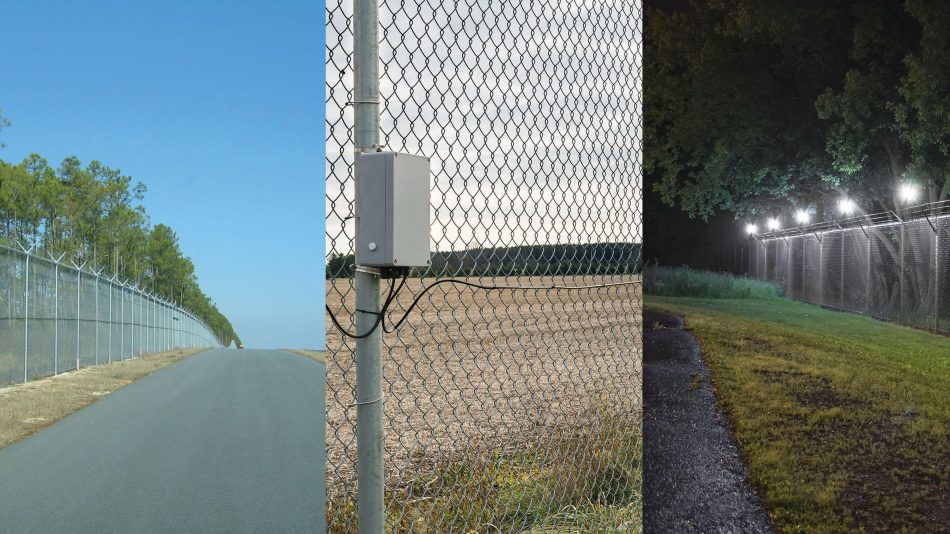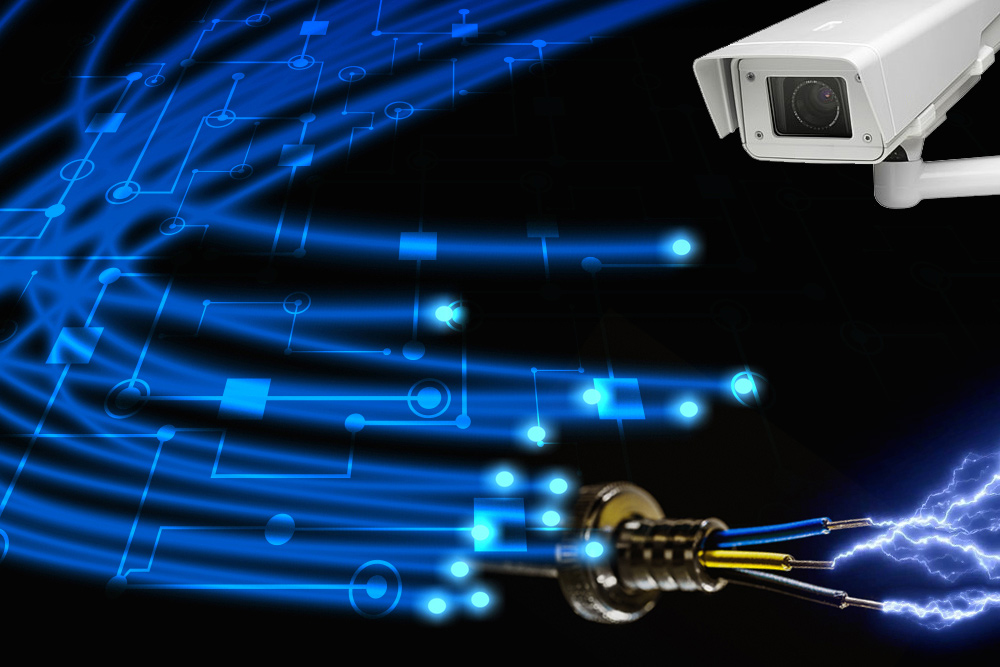The Role of Fiber Security in Boosting Your Cyber and On-Site Security Network
The Role of Fiber Security in Boosting Your Cyber and On-Site Security Network
Blog Article
Why Fiber Optic Safety Systems Are the Future of Protection
The shift to fiber optic safety systems notes a considerable improvement in the realm of protection, driven by their phenomenal information transmission capabilities and strength to exterior disturbances. As the landscape of safety and security evolves alongside emerging technologies such as AI and IoT, the potential for fiber optics to enhance and redefine safety and security frameworks comes to be significantly evident.
Benefits of Fiber Optic Equipments
One of the key benefits of fiber optic systems is their premium bandwidth ability, which assists in the transmission of big volumes of data over lengthy ranges without considerable loss. This characteristic is particularly advantageous for security applications that call for the continual tracking and transfer of high-definition video feeds, sensing unit information, and other crucial info. Fiber optics can fit the expanding needs of contemporary protection systems, ensuring that information stays undamaged and reputable.
Additionally, fiber optic cable televisions are less vulnerable to electromagnetic disturbance, which can be a substantial problem in environments with different electronic tools. This resistance enhances the integrity of the information being transferred, therefore lessening the risk of data violations or system failings. Furthermore, fiber optic systems are inherently more safe than conventional copper cords, as using a fiber optic line without detection is exceedingly tough.
The toughness of fiber optic cables also adds to their allure. They are resistant to environmental aspects such as dampness and temperature level fluctuations, decreasing upkeep costs and raising system durability. In general, these benefits setting fiber optic systems as a robust and effective selection for modern-day safety frameworks, making sure reputable and secure data transmission.
Improved Data Transmission Speed

The ability to transfer large amounts of information swiftly facilitates the smooth combination of high-def video clip feeds and advanced analytics. Safety and security systems can now process and examine information in real-time, enhancing reaction times and situational awareness. Additionally, fiber optic connections sustain longer transmission distances without degradation of signal quality, making them suitable for extensive safety and security networks.
The boosted speed of fiber optic systems not only enhances the performance of safety and security operations but also reduces latency. This is particularly vital in critical situations where prompt decision-making can protect against protection violations or alleviate prospective risks. As organizations remain to focus on safety and security and effectiveness, the demand for fast and dependable data transmission will undoubtedly strengthen fiber optic systems as a keystone of contemporary safety and security infrastructure.
Resistance to Disturbance
Fiber optic safety systems regularly demonstrate remarkable resistance to electro-magnetic disturbance, an essential benefit in environments susceptible to electronic sound. Unlike traditional copper cable televisions, which can be negatively influenced by electro-magnetic areas, radio regularity interference, and other forms of electric disturbance, fiber optic cords utilize light to send data. This intrinsic building makes sure that the signals remain clear and unchanged, no matter surrounding electronic activity.
Using glass or plastic fibers in fiber optic modern technology creates a barrier versus disturbance, permitting trustworthy information transmission also in challenging situations such as industrial facilities, urban areas with high digital web traffic, or locations near radio towers. This characteristic dramatically lowers the possibility of signal destruction or loss, making fiber optic systems specifically ideal for safety applications where honesty and precision of data are extremely important.
In addition, this resistance to interference boosts the overall efficiency and reliability of safety and security systems, ensuring that monitoring and alert systems work effortlessly. In a globe where protection is increasingly threatened by advanced modern technologies, the strength of fiber optic systems stands out as a critical function, enhancing their standing as an essential component of contemporary safety facilities.
Cost-Effectiveness Gradually
Considerable cost financial savings can be accomplished gradually with the implementation of fiber optic protection systems. While the first financial investment might seem higher compared to typical copper-based systems, the long-lasting financial benefits emerge through reduced functional and maintenance costs (fiber security). Fiber click this optic cables are naturally a lot more long lasting and much less prone to environmental elements, which equates to decrease substitute and repair service expenditures over their lifespan
Additionally, fiber optic systems require much less power to operate, which additionally decreases power expenses. moved here Improved data transmission abilities enable less repeaters and amplifiers, minimizing devices investment and enhancing setup procedures. The scalability of these systems additionally adds to cost-effectiveness, as companies can broaden their security facilities without sustaining substantial additional costs.
One more factor to think about is the raised effectiveness in monitoring and reaction abilities that fiber optics supply. Boosted real-time information transmission can cause quicker incident reaction times, potentially mitigating losses and responsibilities connected with safety violations. In amount, the lasting benefits of fiber optic safety systems not only validate the preliminary expenditure but also position them as a monetarily prudent option for companies seeking durable protection remedies.

Future Developments in Protection
Advancing technologies are readied to change security systems, incorporating man-made knowledge (AI) and artificial intelligence to boost hazard discovery and action capacities. These innovations will certainly allow safety systems to examine substantial amounts of information in real-time, determining patterns and abnormalities that show possible threats. This proactive approach will enable quicker decision-making and more reliable event feedbacks.
In addition, the consolidation of the Net of Points (IoT) is paving the method for interconnected security devices, providing comprehensive surveillance and monitoring. Smart sensing units can communicate information about environmental adjustments, while automated signals can alert safety personnel right away of questionable tasks.
Furthermore, the evolution of biometric technologies will certainly even more reinforce security mechanisms. Facial recognition, finger print scanning, and retina recognition are coming to be extra advanced, giving layers of authentication that are hard visit here to bypass.
Final Thought
Finally, fiber optic security systems stand for a considerable innovation in protection modern technology, using unrivaled data transmission speed, resistance to electromagnetic interference, and long-lasting cost-effectiveness. As the need for advanced protection solutions proceeds to grow, the combination of optical fiber with emerging modern technologies such as AI, IoT, and biometrics will even more boost safety infrastructures (fiber security). The mix of these technologies will make certain an extra safe and secure and responsive setting, strengthening optical fiber as a cornerstone of future safety systems
Report this page